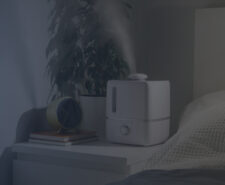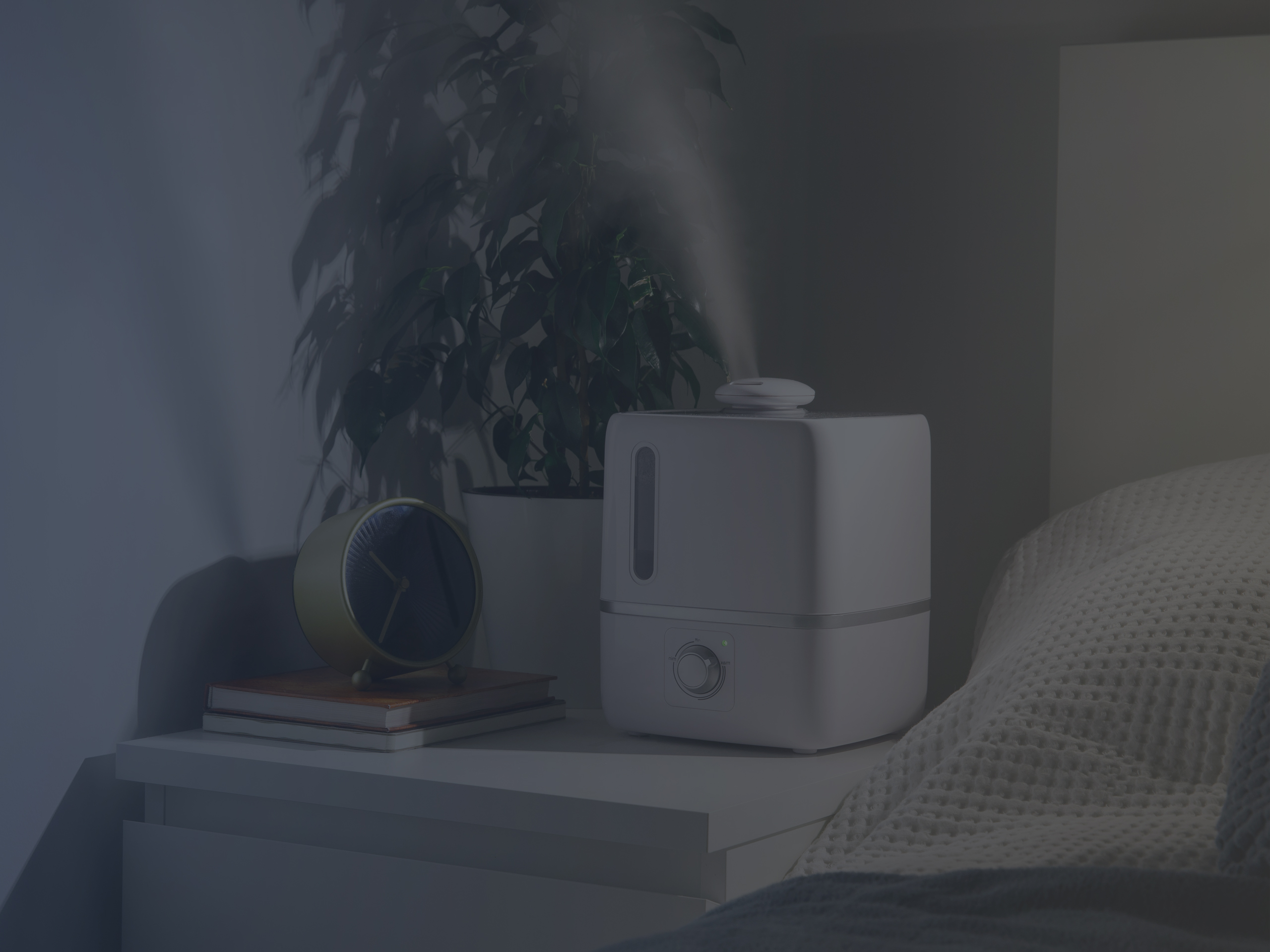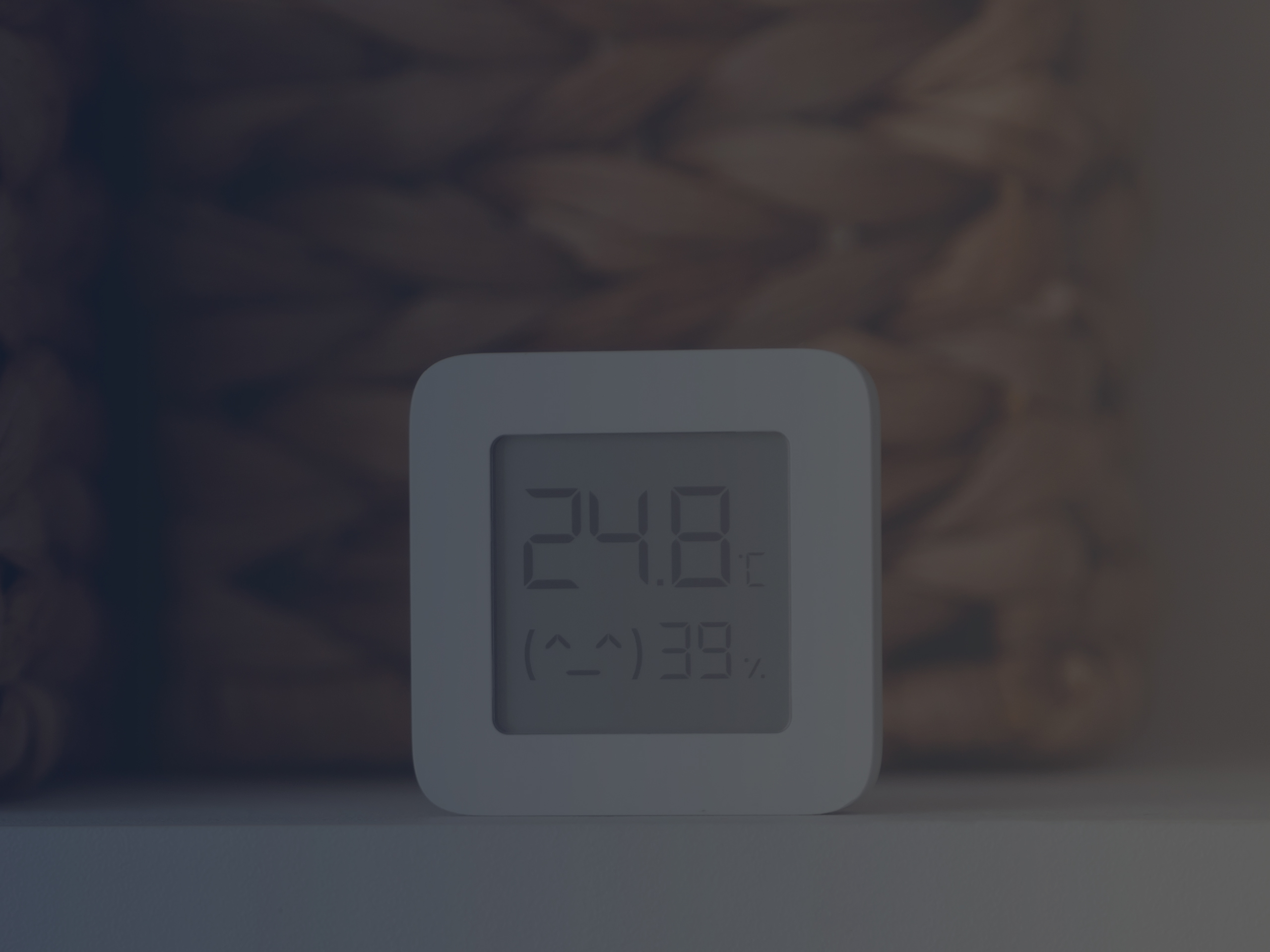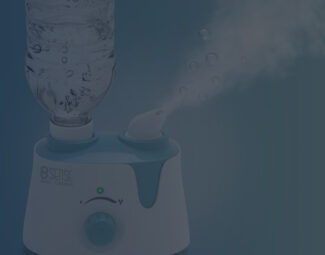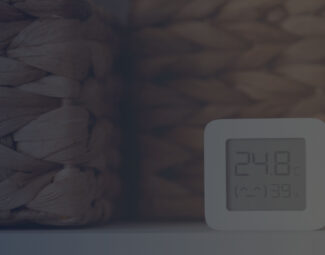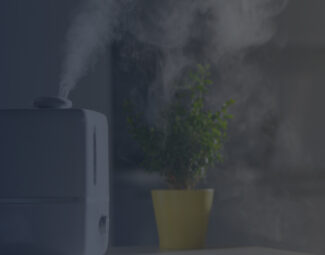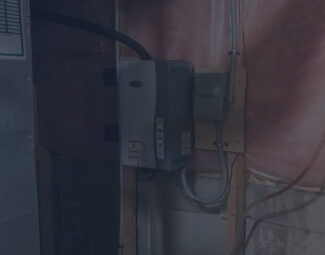S leep is essential for a healthy life, and over 6 hours of sleep have been correlated with a more relaxed and happy existence. It is the moment when we disconnect from all our mundane worries and slide into the world of dreams. Our muscles relax and the activity of the brain becomes more reduced. It is the time when every organ rests. Or so it should be.
The quality of sleep can be influenced by a broad array of factors, which can include noise, odors, light, chronic illnesses, seasonal colds or the flu, and, last but not least, humidity. This factor is more important than you would have imagined. Depending on the value of the RH, you can experience symptoms related to low air moisture like chapped lips or dry eyes, or effects of high humidity, including troubles breathing or high temperatures.
Fortunately, once you manage to determine the value of the RH in your home, you will be able to adjust it through mechanical or natural means. So, stay with us to find out how it impacts your sleep and how you can fight its effects and get back all those amazingly restful nights.
What Is a Good Humidity Level for Sleeping?
Good sleep is dependent on two factors: temperature and humidity. If they aren’t right, you will experience discomfort during the night and turn restless. Studies have shown that a temperature of 65 degrees Fahrenheit, give or take a few degrees, is perfect to maintain the body warm but not hot, allowing it to breathe.
If the temperature can be relatively easy to control with the help of an air conditioner or other air cooling systems, humidity can be a little tricky. First of all, it is correlated to temperature and usually, when it is cold outside, you will get dry air, while heat will bring with it high levels of humidity. But solving the temperature problem will not necessarily solve moisture. Sometimes, if the source isn’t removed, you will struggle with it for months or years.
Experts recommend a humidity between 30% and 50% for a good night’s sleep, and the truth is that you may have a decent sleep even if the relative humidity goes a bit over 50%. It is when it overcomes 60% that it becomes to bother you. On the other hand, if it drops below 30%, the symptoms associated with dry air will make your nights harder to bear.
How to Measure Humidity?
Some clues may give away if the level of moisture is either too high or too low. For example, if your furniture is starting to crack or your skin is itching, there’s a good chance the air in your house needs more moisture. On the other hand, if your towels seem to never dry, it is probably because the air is already too humid and cannot absorb any more water.
However, if you want to be sure, it is better to make more accurate measurements, and a good indoor hygrometer can help you in this case. You can either purchase it or build your own, and proceed to evaluate the level of dampness in the air:
- Over 50% - Indicates that there is too much water into the air
- 30% - 50% - Congrats! You are living in a home with perfect humidity
- Under 30% - The air is too dry and you are more prone to catching a cold
For best results, it is indicated to measure air moistness in multiple places in the house and during a longer period to determine if the problem has to do with the whole house or just a room.
Dealing with High RH Values - Over 50%-60%
When the air is too humid, it becomes heavier and this results in higher temperatures. Just think at tropical countries. They are always covered in heat, but the air bears a lot of water. Nonetheless, the idea is that your sleep will be affected, and you will find it more difficult to sleep if your body cannot breathe properly. At the same time, your nose will go through the same process. It is usually a good thing for the nose to stay humid, but, when moisture is in excess, it will become stuffed and this will once again reflect upon the quality of your sleep.
How to reduce dampness?
- Use cotton bedding - They will absorb the sweat, so make sure you wash them regularly
- Wear pajamas made from natural fibers that absorb moisture - Thus your skin will stay sweat-free and will be able to breathe
- Ensure better ventilation - A bedroom fan can help you circulate the air and eliminate the excess of water. An air conditioner will do the same, but as we know, it is more expensive to run.
- Use a precise device to collect all the extra moisture - Check out what the market has to offer for dehumidifiers. They will allow you to control RH with more precise results
Humid air is responsible for mold and mildew growth, which can appear in spaces hidden from sight. So, if your allergies stop you from sleeping and tend to aggravate, make sure you look under the sink or in the basement.
Dealing with Low RH Values - Under 30%
Dryness can affect you in multiple ways as it acts upon your skin at all levels. Your eyes feel dry and itchy and your skin the same. The cilia in your nose, also known as hairs, lose their ability to filter microorganisms and other particles, while the skin inside becomes dry and allows congestion to set in. All these transformations have an important impact on your rest. First, you won’t be able to feel comfortable due to skin irritation. Secondly, not being able to breathe properly will keep you awake for longer. And last but not least, as the lack of humidity allows viruses and bacteria to travel more easily, you may even catch the flu or a cold and have to suffer through all the symptoms.
How to increase moisture?
- Dry your clothes inside - The water will evaporate, being absorbed into the air
- Keep a bowl with water on the nightstand - Once again, water will turn to vapors and increase the comfort inside the bedroom
- Use a machine to add more moisture into the air - Consider investing in a humidifier that can easily bring humidity to an optimal level. If you have kids, pick a cool-mist model to keep them safe from accidents
Bottom Line
If you manage to balance all the factors that influence your sleep, the night is yours. Sometimes it may be impossible to deal with them, as some noises cannot be reduced or removed easily (street noise, neighbors), but humidity is definitely under your control. There are so many means to increase or decrease it, that it won’t be difficult for you to get your well-deserved rest. Just take your time to analyze the problem, determine the causes, and make the right decision. The effects will soon reflect in your overall wellbeing.

